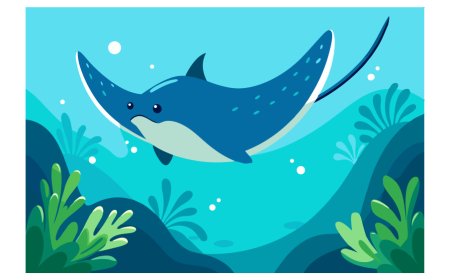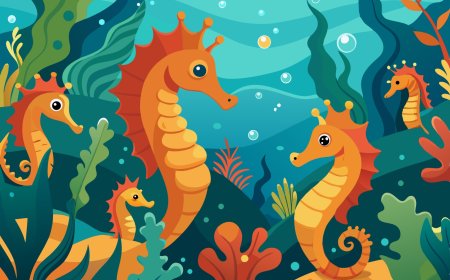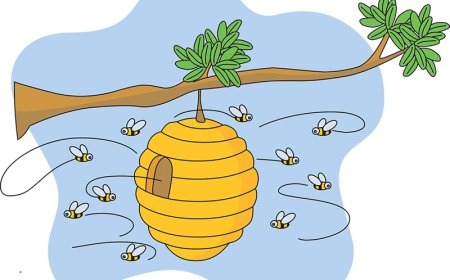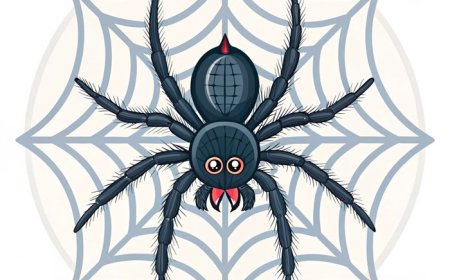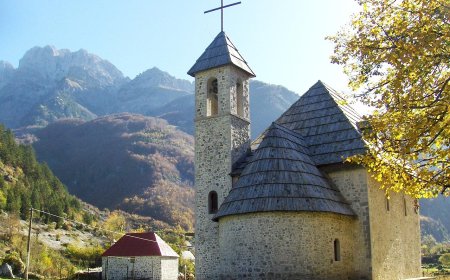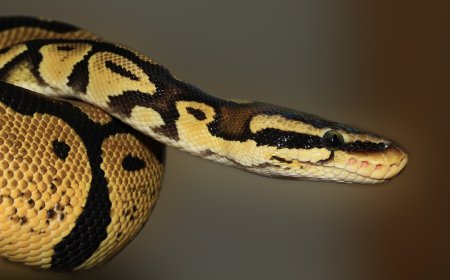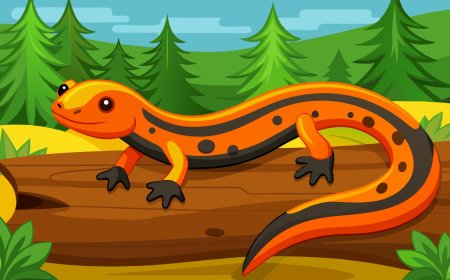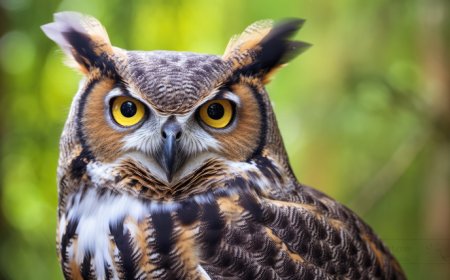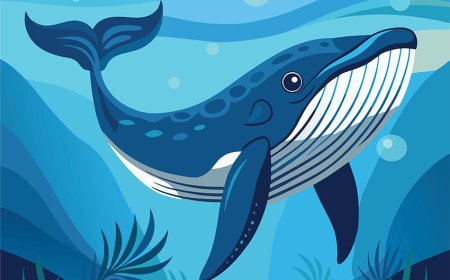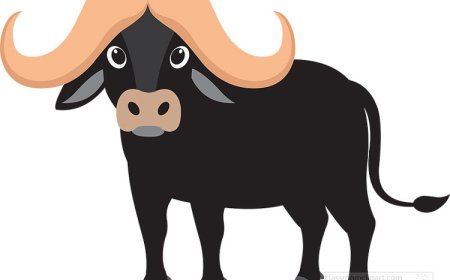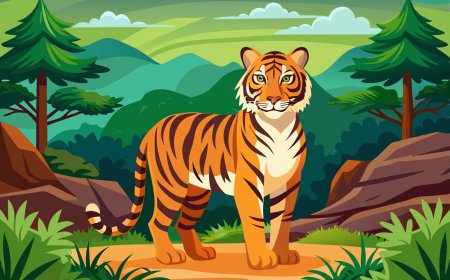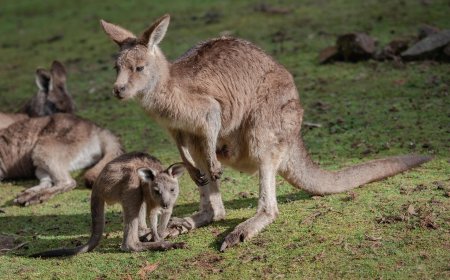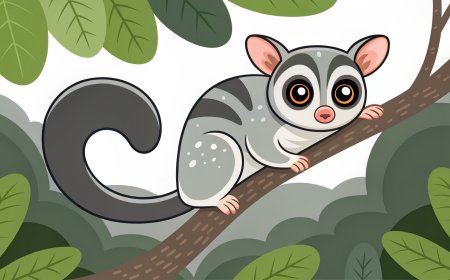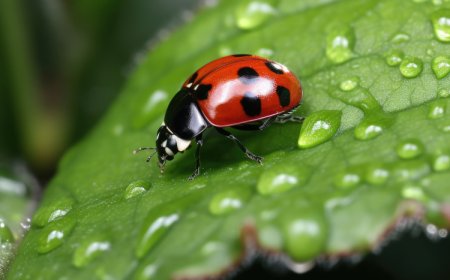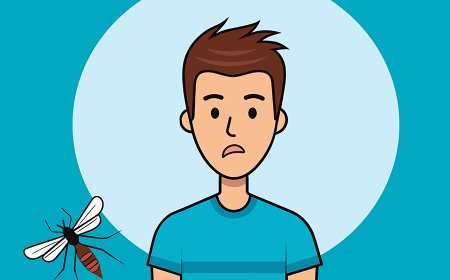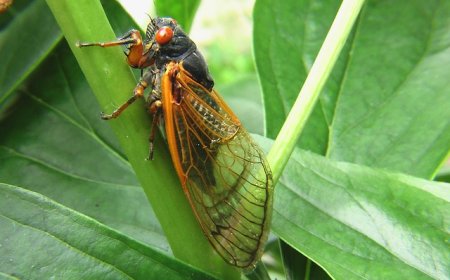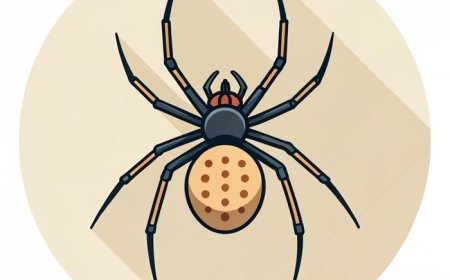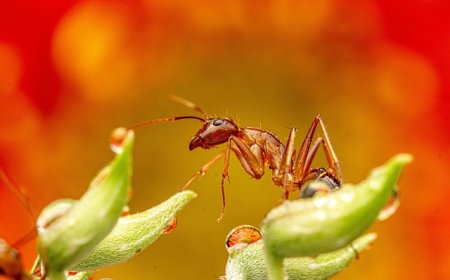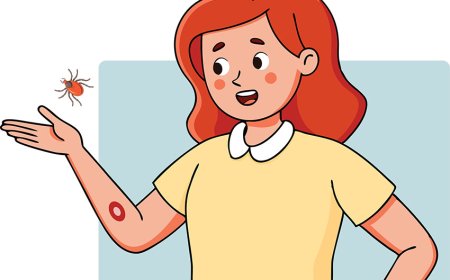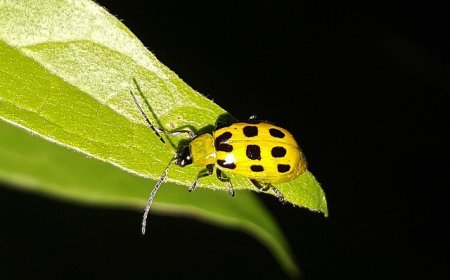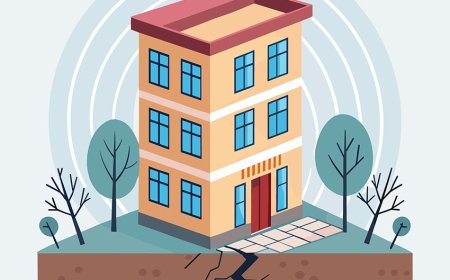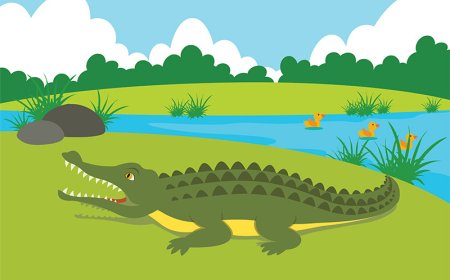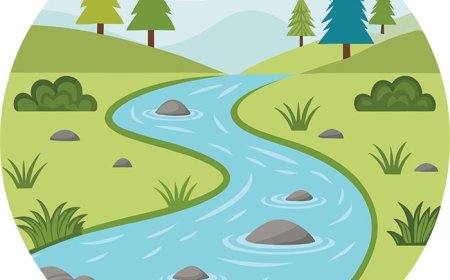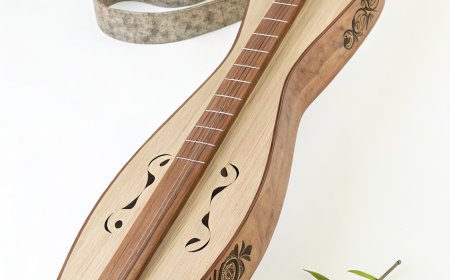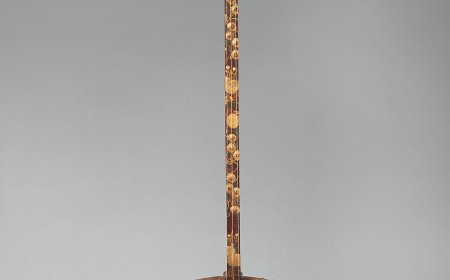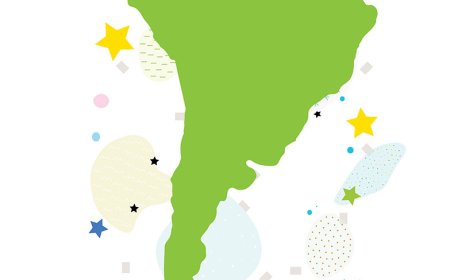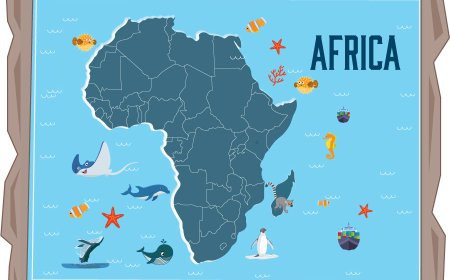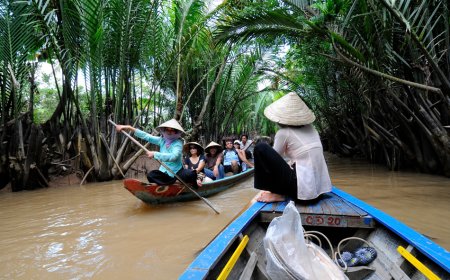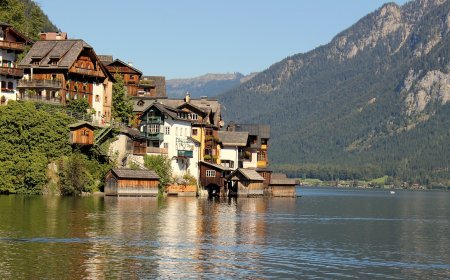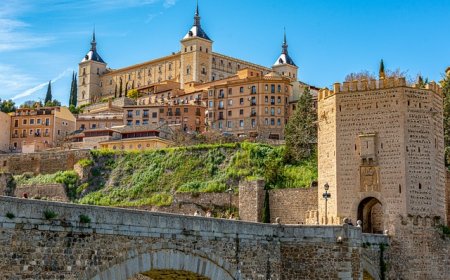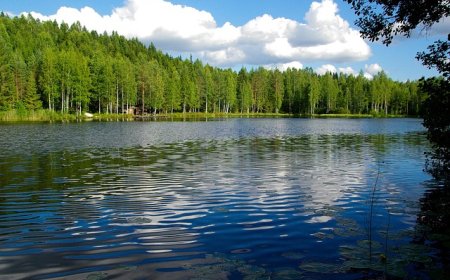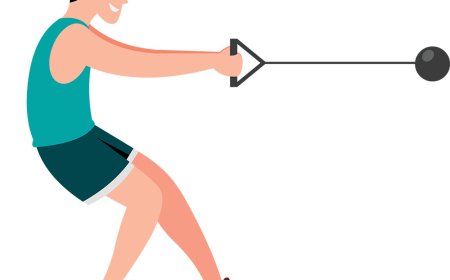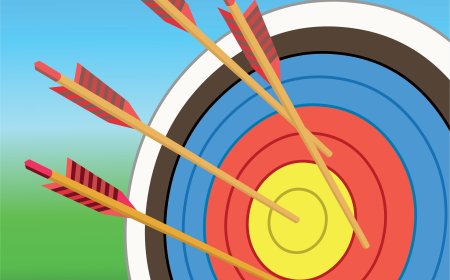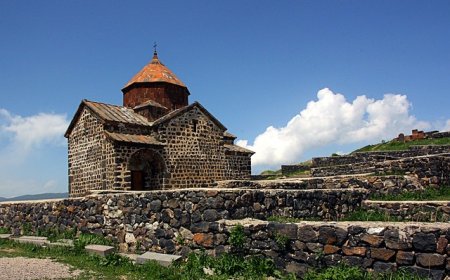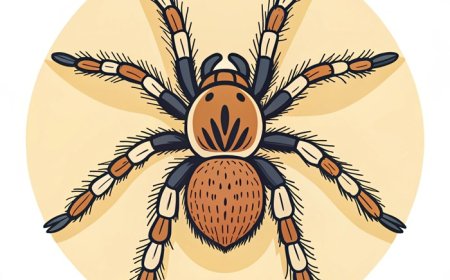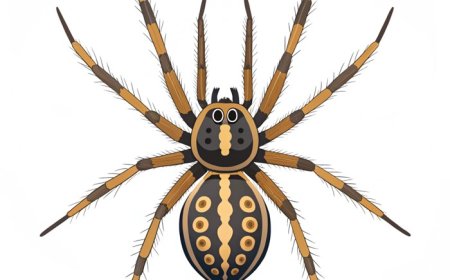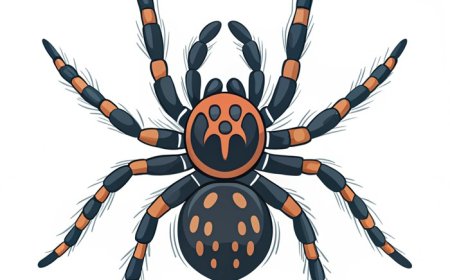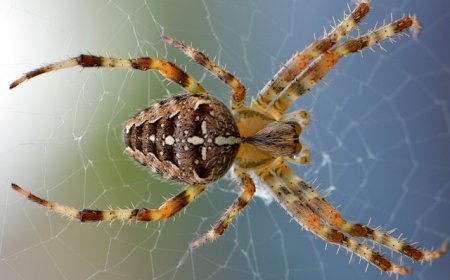Funnel-Web Spider One of the World’s Most Dangerous Spiders
Explore the world of the funnel-web spider—famous for its tunnel-shaped web and powerful bite. Learn where it lives, how it hunts, and why it’s feared and respected.
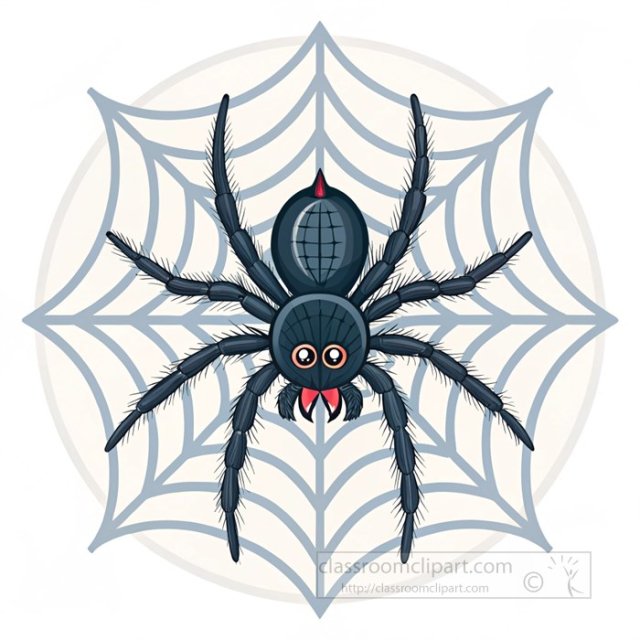
🕷️ Introduction
The funnel-web spider is one of the most notorious spiders in the world—especially in Australia, where it’s known for its powerful venom and quick temper. But there's more to this spider than danger. It is a remarkable engineer, building a funnel-shaped web that serves as both home and hunting trap.
With its shiny black body and long fangs, the funnel-web spider may look intimidating, but it plays a role in keeping nature in balance by controlling insect populations. Scientists also study its venom to make life-saving antivenom, proving that even the most feared animals can help humans.
🕳️ What Does a Funnel-Web Spider Look Like?
Funnel-web spiders are medium to large spiders, usually between 1.5 to 5 centimeters in body length. They are usually shiny black or dark brown, with strong, thick legs and massive fangs that point straight down (unlike most spiders whose fangs curve inward).
They have a hard outer shell, and their bodies are covered with fine hairs. Males are usually slimmer than females and are more likely to wander—especially during warm, wet seasons, which is when they are most often seen by people.
🕸️ What Is a Funnel Web?
Funnel-web spiders get their name from the funnel-shaped web they build. These webs aren’t sticky like those of orb-weavers. Instead, they are made of silk tubes or tunnels that are spread across the ground, often in leaf litter or logs. At the end of the funnel is the spider’s burrow, where it waits in the shadows.
The outer part of the web acts like a tripwire system. When an insect walks across it, the spider feels the vibration and races out to attack. The web works both as a shelter and a powerful hunting tool.
💨 How Do They Hunt?
Funnel-web spiders are ambush predators. They don’t leave their web to search for prey. Instead, they wait deep in their tunnel until they feel movement at the edge. Then, they sprint out and grab the insect with their fangs, injecting fast-acting venom that kills the prey quickly.
They mainly eat insects, beetles, and other small animals, but some larger species can catch small lizards or frogs. After the venom takes effect, the spider drags the prey into its burrow and eats it in peace.
🌍 Where Do Funnel-Web Spiders Live?
Funnel-web spiders are mostly found in eastern Australia, especially around Sydney and New South Wales, but there are related species across Australia, New Zealand, and parts of Southeast Asia.
They prefer cool, damp environments like rainforests, gardens, or under logs and rocks. Because they like moisture, funnel-webs are often found near homes with shady yards or damp sheds. Males sometimes wander into houses during the rainy season, which is when they’re most likely to be seen by people.
🛡️ Are Funnel-Web Spiders Dangerous?
Yes—funnel-web spiders are considered one of the most dangerous spiders in the world, especially the Sydney funnel-web spider (Atrax robustus). Its venom can affect the nervous system and cause serious illness or even death if not treated. However, thanks to antivenom developed in 1981, there have been no recorded deaths in Australia from funnel-web bites since then.
It’s important to know that funnel-web spiders don’t want to bite humans. They usually only bite when threatened or accidentally disturbed. Most people are bitten when they try to handle the spider or when it gets into clothing or shoes.
🐣 Life Cycle and Behavior
Female funnel-web spiders can live up to 10–20 years and rarely leave their burrows. Males live shorter lives and roam to find mates. After mating, the female lays eggs in a silk sac and guards them in her tunnel until they hatch.
The young spiders, called spiderlings, stay in the burrow for a while before heading out to find homes of their own. Funnel-web spiders grow by molting, shedding their exoskeletons as they get bigger.
🌟 Fun Facts About Funnel-Web Spiders
The Sydney funnel-web spider’s fangs are so strong, they can pierce a fingernail or soft shoe.
Unlike most spiders, funnel-web spiders can survive underwater for hours by trapping air bubbles near their bodies.
Their venom works much more strongly on humans and primates than on other animals.
When threatened, they rear up and show their fangs in a defensive pose.
Funnel-web spiders have helped save lives—their venom is used to create antivenom that protects people from bites.
👧 Kid-Friendly Summary
Funnel-web spiders are famous for their funnel-shaped webs and strong fangs. They live in Australia and hide in cool, dark places like logs or gardens. Even though they have strong venom, they only bite when they feel scared. Scientists use their venom to make medicine that saves lives. These spiders may seem scary, but they are part of a balanced natural world.
📚 Vocabulary Words
Funnel-web spider – A spider that builds a tunnel-shaped web and waits to ambush prey
Burrow – A tunnel or hole where an animal lives
Venom – A poison used to catch prey or defend against danger
Ambush predator – An animal that hides and waits to surprise its prey
Molting – When spiders shed their outer skin to grow
Antivenom – A medicine made to fight the effects of a poisonous bite or sting
Spinneret – The part of a spider’s body that makes silk
Spiderling – A young or baby spider
❓ Interactive Quiz (8 Questions)
1. Why is it called a funnel-web spider?
A. It eats out of funnels
B. It spins a funnel-shaped web ✅
C. It drinks water from tunnels
D. It hides in buckets
2. Where do funnel-web spiders mostly live?
A. Antarctica
B. Eastern Australia ✅
C. Northern Canada
D. South America
3. What kind of prey does a funnel-web spider eat?
A. Fish
B. Grass
C. Insects and small animals ✅
D. Leaves
4. How does the spider know something is in its web?
A. It smells it
B. It hears it
C. It feels vibrations ✅
D. It sees it
5. Is the funnel-web spider venomous?
A. No
B. Yes, but not harmful
C. Yes, very venomous ✅
D. Only when it rains
6. What is an ambush predator?
A. One that builds traps
B. One that hides and attacks prey suddenly ✅
C. One that swims for food
D. One that eats plants
7. What part of its body does the spider use to build webs?
A. Eyes
B. Fangs
C. Spinnerets ✅
D. Claws
8. What do scientists make using funnel-web venom?
A. Toys
B. Perfume
C. Antivenom ✅
D. Paint
